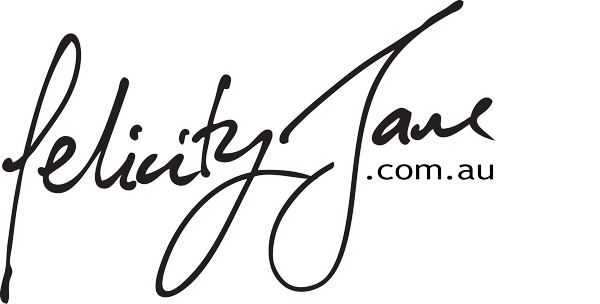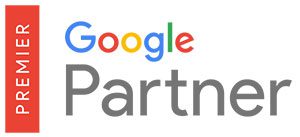Target the power of bluetooth and wifi technology to take a variety of marketing messages to consumers who are both nearby and looking to make a purchase.
Here’s a look at some of the key benefits/opportunities beacons have to offer:
- Location targeting: Beacons let you target users with messages based on their specific location.
- Mapping: The ability to “see” where consumers go in-store and attribute actions to these journeys – e.g. gauge how many buy a product after seeing promotional signs.
- Frequency: Measure how often people visit the same locations, how long they spend there and how these relate to sales.
- In-store messaging: Send promotional offers to people as they look through your store or business location.
- Guide users: With full beacon systems, you can guide people through entire shopping centres, stadiums, airports and entire cities.
- Gamification: Brands are using beacons to create treasure hunts and gamify the consumer process.
- Cross-selling: Target shoppers with related products, special offers and other purchases as they queue up to pay.
- Loyalty: Send loyalty rewards to people as they complete purchases.
- Customer recalls: Send promotions and other messages to people who leave without buying anything to entice them back into the store.
Location-based marketing vs proximity marketing
Businesses, especially retail and real estate, have been focussing immensely on location for the last decade. This is because reaching out to customers without being sure of the location is just digital marketing, which is not very effective for local businesses. However, marketers and business owners now realize that the targeting needs to be more specific than just GPS and geofencing. This is where proximity marketing steps in. Let’s understand in detail about their differences and when each one of them is useful.
Location-based marketing
Location-based marketing in simple terms means communicating with potential customers within a range. Let’s say, a coffee shop runs a campaign to introduce a new almond flavoured Cappuccino on their menu. Setting a location based marketing campaign would mean that all potential customers in the range of, let’s say 1 kilometer, are notified about the new coffee. This might also include reaching out to a user in the nearby ice-cream store.
This is done by calculating the latitude and longitude of the smartphone using GPS or cell tower triangulation method. It is hence defined as the kind of marketing that uses mobile to target customers in a particular geographical area.
Geofence is a virtual boundary which can range from over 50,000 meters to anything else. Ideally, for interactions above 80-100 meters, business owners must consider geofencing.
Proximity marketing
Proximity marketing however, is a more granular form of location marketing. For the same example discussed above, the coffee shop owner could decide to have a more targeted approach and reach out to customers passing his coffee shop, lets say in the range of 300 meters. This approach is more personalized and contextually relevant.
Proximity marketing is about reaching out to customers based on the accurate position and not a virtual geofence. This makes the communication more contextual and personalised.
Proximity marketing is recommended for highly targeted zones – within 100m of distance. Proximity marketing use-cases involve interaction with customers about a particular product, brand on a shelf, or any other similar application.
Understanding Proximity Marketing
Let’s consider an example of a retail store.
- Beacons are deployed at the storefront or in aisles with ongoing offers.
- These BLE beacons transmit signals in its range. BLE signals are a combination of numbers and characters.
- The signals are detected by any Bluetooth-enabled smartphone, in the transmitting range.
- The smartphone then sends the ID number attached to the signal to the cloud server.
- The server checks the action assigned to that ID number and responds accordingly. It could be a notification about a discount, or a product launch, a feedback form or just a greeting!
- These notifications will then drive customers to a relevant form, a webpage or a markdown card (a Beaconstac card creative which works as a substitute for a website).







